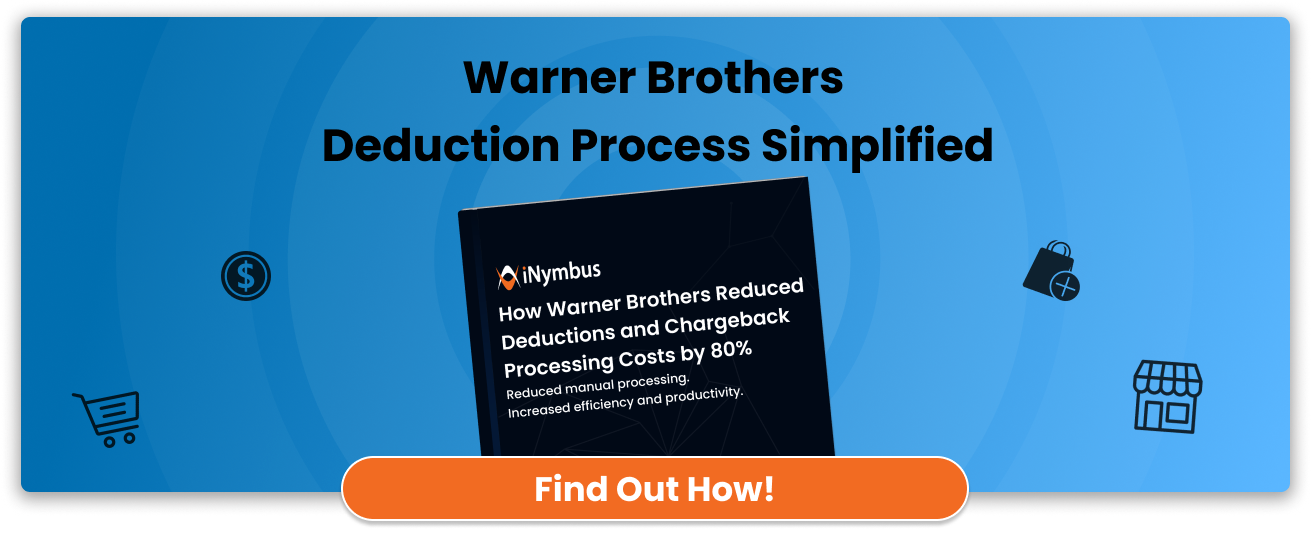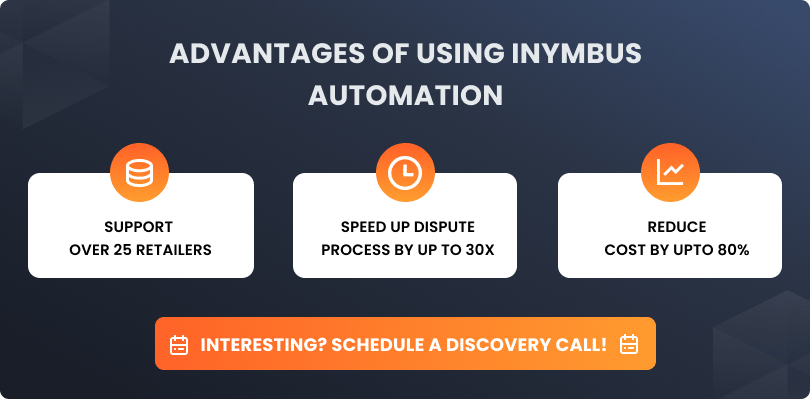 Endless contracts, numbers, and details characterize the world of retail. Between all these parameters, things don’t always make sense. When that happens, the problem may be found within a post-audit claims.
Endless contracts, numbers, and details characterize the world of retail. Between all these parameters, things don’t always make sense. When that happens, the problem may be found within a post-audit claims.
Deductions are generally taken upfront. Unlike post-audit claims, which hit suppliers quite late in the process. It could be even months after a transaction takes place.
Retailers or third parties may discover discrepancies, overpayments, or policy violations during post-transaction reviews. These factors are the triggers for such claims. They are unhelpfully common, too.
We will be looking deeper into post-audit claims in this segment. If you wish to read more about post-audit deductions, check out this blog here: Decoding Post-Audit Deductions.
Defining Post-Audit Claims
Post-audit claims are retailer-initiated, retroactive financial adjustments. Their occurrence is noted after a payment has been made to the suppliers. Following this, a retailer reviews past transactions.
This is done to make sure that the terms agreed-upon are complied with. They can be related to pricing, promotions, freight, or contract obligations. When found, claims are filed for any errors or overpayments. These claims are often accompanied by relevant documentation and an explanation.
Now, if you have opted for automation, these deductions will be displayed on remittance reports and invoices in real-time. Unfortunately, without automation, the claims arrive after payment cycles are complete. You may not even notice them until a month or two, or even a quarter, has passed.
Who Files The Claims And Why?
Retail audit teams or some outsourced audit firms typically generate post-audit claims. Many large retailers collaborate with companies like AP Recover or Profit Recovery Partners. They specialize in finding deeply buried historical purchase data.
This is what they may look for:
- Incorrect discounts or missed promotions
- Non-compliance with trade agreements
- Wrong charges on freight or late deliveries
- Any duplicate payments
- Any violations of contract terms
The more these audit teams recover, the more they earn. They usually work on such contingency. That is why the claims can be aggressive, detailed, and large in volume.
How Do They Differ From Deductions?
Timing and visibility are what set post-audit claims and deductions apart. Deductions are often visible in the invoice payment, remittance advice, or vendor portals. Hence, they are immediately considered. Deductions can also be disputed relatively quickly.
On the other hand, post-audit claims arrive as unpleasant surprises. They may find their way to the vendor’s accounts receivable team via direct or bulk mail. These claims may cover transactions not only from months but even years prior.
Documentation is another key difference between these two. Claims bring with them voluminous Excel files, invoices, contract excerpts, and demand letters. Suppliers are then tasked with research, validation, and responding, often under strict deadlines.
What Can Post-Audit Claims Cost You?
None of us would like to hear that we still owe money after closing the books. But post-audit claims come with more than one expense to your mental peace. Take a look at this:
- It can take around 20 to 40 minutes for manual research on a claim.
- Large vendors may receive hundreds of claims on a monthly basis.
- The documentation is spread across departments, disputes, or legacy systems.
- There is a limited recovery window. Too long, and the disputes can be denied.
- The internal staff may not have the bandwidth to handle the volume.
All-in-all, you either pay the claim as a supplier, write it off, or spend thousands in labor for disputes.
This is why deduction management software is becoming a necessity for enterprises dealing with high-volume transactions and retail chargebacks.
What Can Trigger These Claims?
Let’s understand where post-audit claims originate from with everyday supplier situations:
- A retailer notices the wrong entry of a promotion into the system after months. They proceed to file a claim.
- A temporary discount offered by the supplier was not applied across all invoices.
- A shipping fee was incorrectly invoiced as collect.
- A previous contract rate was used to price a new item. The new pricing was not internally updated.
- The audit team requests repayment for multiple invoices paid by mistake.
These small errors can be unintentional, but they lead to real claims. Suppliers must address and reconcile these on time.
The Burden To Suppliers
Trying to settle the post-audit claims is not a walk in the park. It requires:
- Historical purchase orders and contracts
- Review of promotional agreements and cooperative terms
- Coordinating with sales, finance, and compliance teams
- Accessing vendor portals specific to retailers
- Aligning data across different formats like PDF, CSV, etc.
This is a laborious, tedious, and error-prone process. To make it worse, it consumes the time that you can spend on revenue-generating tasks. In many companies, post-audit claim resolution is rather reactive than strategic. This is because the AR teams are stretched thin.
Why Do You Need Automation Here?
For the same reason, we automate everything. This is 2025, and not using automation now is not going to work in our favor.
With iNymbus, you get a completely automated platform that handles post-audit claim ingestion, document matching, validation, and dispute filing. Our platform uses Robotic Process Automation (RPA) to:
- Instantly identify duplicate or invalid claims
- Pull historical documents buried deep across systems
- Match claims automatically with contract terms
- Attach proof with filed disputes in retailer portals
- Generate reports for each claim in real-time
The processing time is reduced by 80-90%. You can save thousands in operational costs this way.
The Cost Of Ignoring The Claims
Delaying the resolution of post-audit claims may not look harmful. But it can create huge risks if ignored:
- Losses are locked in due to missed dispute windows
- Recurring claims go unchallenged
- Retailer relationships impacted by chargeback thresholds
- Month-over-month cash flow leakage
Most important of all, it tells the audit teams that you are lax in verification or pushing back. This is quite an expensive reputation to uphold.
Manage Post-Audit Claims In A Better Way
Leave the documents and deadlines struggle behind with a process where claims are:
- Instantly reviewed
- Matched against clean data
- Disputes filed automatically
- Outcome tracked in dashboards
- That’s what automation brings. And that’s what iNymbus delivers.
Conclusion
Retailers are adapting to tighter compliance and recovery models. This can mark an increase in post-audit claims for suppliers. But you can stay ahead with the right tools and strategies. Automate your processes to prevent historical mistakes from becoming financial liabilities.
Check out our page - iNymbus to learn more about how we can help you and your business.
